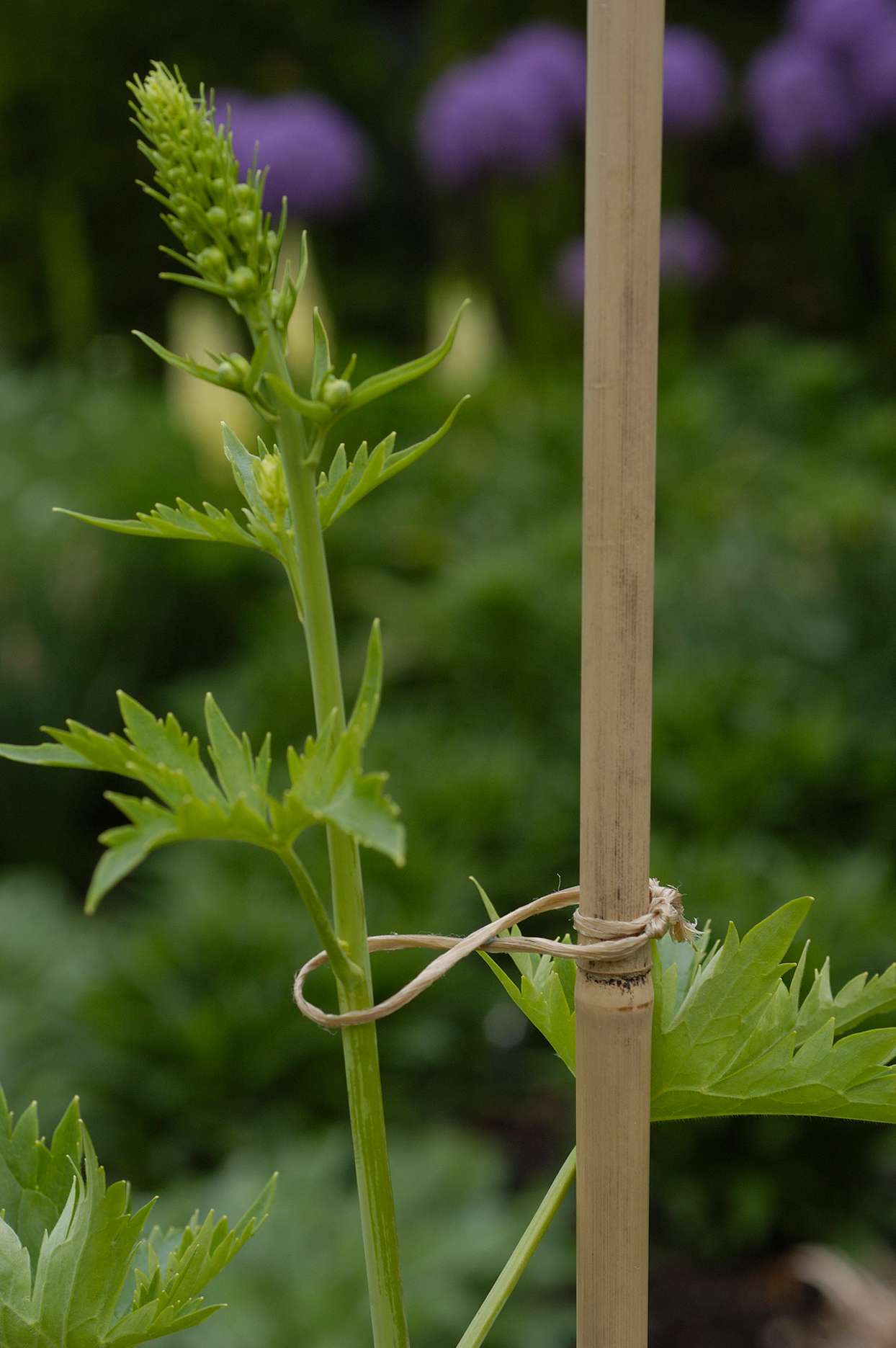
By Megan Hughes for BH&G
Perennials are the come-back stars of the garden, returning each spring after going dormant in winter. That means you can plant them once and then enjoy them for years. Healthy, happy perennials such as long-blooming coneflowers and shade-loving hostas will grow vigorously and multiply, creating new plants for you to expand your own garden or to share with friends. But sometimes, your perennials might not produce as many flowers, or they just won’t grow as well as they should. Chances are you’ve overlooked something they need to thrive. Here are the most common perennial garden mistakes you might be making, and how to fix them so you can get back to enjoying a season-long color show.
Mistake 1: Putting Perennials in the Wrong Spot
The old garden adage “right plant, right place” means matching a plant’s light requirements and soil preferences to where you want to put it. Some perennials, such a coneflower and yarrow, revel in bright sun from morning until night while others, such as astilbe and old-fashioned bleeding heart, do best in afternoon shade. When it comes to soil, some perennials need fast-draining sandy soil and others thrive in soil that stays moist but not wet. Knowing the preferred growing conditions a perennial needs is as simple as checking the plant label when you’re in the garden center or consulting a plant encyclopedia. Pair the light and soil characteristics of your garden with plants that thrive in those conditions for a winning combo.
Mistake 2: Ignoring Your Zone
Every perennial has a hardiness zone range, based on the lowest temperatures various regions experience on average. Make sure to choose plants that can thrive in your particular zone, based on the USDA Hardiness Zone Map. For example, if you live in Zone 5, plants that are hardy in Zones 5 and below will likely survive your area’s winters. Plants that are rated Zone 6 probably won’t without some extra protection from the cold, such as a thick layer of mulch in winter.
Mistake 3: Neglecting Maintenance
The best things in life often require a little bit of work and that’s the case for perennials. While these plants tend to be fairly low-maintenance in general, they will look even better when you add a couple of key tasks to your garden chores list. In particular, regular deadheading, or removing spent flowers, encourages plants to channel available energy into developing a healthy root system and, in some cases, another flush of flowers later in the season. Division also helps reinvigorate many perennials. Aim to divide your perennial plants every three years or so.
Mistake 4: Not Planting for Color Through the Seasons
Most perennials bloom for a period of about three weeks. When you plant several different types of perennials together, your garden could have something in bloom at least three seasons out of the year. Make sure to think about color early in the season, with early-blooming species like hellebore and trillium. Then mix in plants that will extend the flower show through summer into fall, when late-season perennials such as aster, black-eyed Susan, and Russian sage take over. Perennials prized for their foliage, such as hosta and sedum, add both color and texture while plants with more showy flowers are coming into bloom.
Mistake 5: Mulching Too Much or Too Little
You’re adding mulch, right? A 3-inch layer of organic mulch, such as shredded bark, will help you keep down weeds and hold moisture in the soil longer. But when you apply it, keep any mulch 2-3 inches away from the crown, or growing point, of each plant. Mulch too close or over the crown can help diseases take hold or slowly suffocate the plant. Mulch breaks down over time so you likely will need to spread a fresh layer annually. A really thick layer of mulch (6-8 inches) can be used to insulate fall-planted perennials from harsh winter conditions. If you apply a mulch blanket to newly planted perennials in late fall, make sure to remove it in early spring so the soil can warm up better as air temperatures rise.
Mistake 6: Planting Too Close
Crowded perennials create conditions that encourage disease. Although it’s hard to imagine, a young perennial in a 4-inch pot can easily expand to cover several feet over a period of three years. When adding new plants, pay attention to the width and height you can expect them to reach. Choose planting places based on the plant’s full size, both in relation to structures and pathways as well as other plants around them. And then wait patiently. Perennials grow slowly in the first year. In the second year, you’ll notice a rapid increase in growth, and by the third year, they usually reach their full size.

Delphiniums have a single stem with a cluster of heavy flowers at the top, so staking helps keep them from flopping over. DOUG HETHERINGTON
Mistake 7: Not Staking Tall Stems
Some perennials need a little help to stand tall. Delphiniums, peonies, and asters are just a few plants with long or thin flower stems that tend to flop onto the ground when they begin to bloom. To get the most out of their floral show, you’ll need to do some staking earlier in their season of bloom. You can use single stakes or a growth-through grid, depending on what works best for the plant you need to support. Or, if staking is a chore you would rather avoid, look for more compact varieties of your favorite perennials that won’t require support.
If you’ve made some of these perennial garden mistakes in the past, you can easily correct course because these types of plants tend to be pretty forgiving. Chalk up your errors to experience and make note of these gardening tactics so you can start growing perennials like a pro.
Source: bhg.com/gardening/flowers/perennials/perennial-gardening-mistakes/

